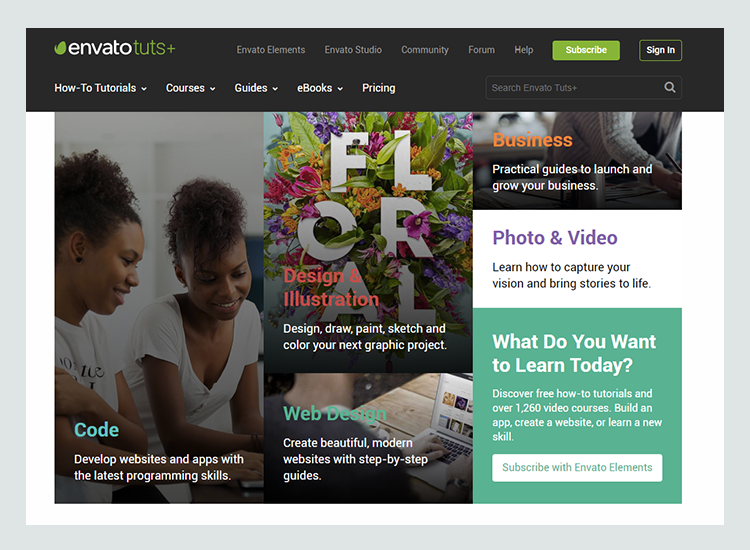Shop At Haya: Your Ultimate Shopping Guide
Discover the best shopping tips, trends, and deals for a smarter buying experience.
Web Aesthetics: More Than Just Pretty Pixels
Discover the secrets behind stunning web aesthetics that captivate users and boost engagement—it's more than just pretty pixels!
The Psychology Behind Effective Web Design: Why Aesthetics Matter
Effective web design is intrinsically linked to psychology, as it plays a pivotal role in shaping user experiences and driving engagement. Research shows that users form opinions about a website within a mere 0.05 seconds of viewing it, indicating that first impressions are crucial. A well-designed website not only captures attention but also fosters trust and credibility. Key elements such as color schemes, typography, and layout create a visual hierarchy that guides users seamlessly through the content. For instance, using contrasting colors for calls to action can significantly enhance their visibility and increase conversion rates.
Aesthetics also influence user behavior and retention rates on a website. According to Gestalt principles, our brains are wired to perceive visual elements as part of a greater whole, which means that harmonious designs can lead to a more cohesive and enjoyable experience. Moreover, emotional responses elicited by attractive aesthetics can create positive associations with a brand, encouraging repeat visits and customer loyalty. Therefore, investing in effective web design is not merely about aesthetics; it's a strategic move that can lead to enhanced user satisfaction and, ultimately, business success.

Balancing Beauty and Functionality: The Key to Great Web Aesthetics
Creating a stunning website goes beyond just visually appealing designs; it’s about balancing beauty and functionality. A website should not only attract visitors but also provide a seamless user experience. When aesthetics take precedence over usability, users may find themselves lost or frustrated, leading to higher bounce rates. Therefore, integrating beautiful design elements with intuitive navigation is essential. Consider using a grid layout that maintains symmetry while allowing for creative placements of images, text, and other elements. This method not only enhances the visual impact but also organizes content efficiently, guiding visitors through the site effortlessly.
Moreover, the choice of colors, fonts, and images greatly influences user engagement. A palette that reflects your brand identity while ensuring readability is key in achieving great web aesthetics. For instance, pairing a clean, sans-serif font with ample white space can create a modern look while improving legibility. Additionally, optimizing images for quick loading times ensures that your site remains fast and responsive without compromising on visual appeal. Remember that the ultimate goal is to strike a balance where beauty does not overshadow functionality, but instead, they complement each other, leading to an enjoyable and effective user experience.
How Visuals Influence User Experience: Insights into Web Aesthetics
The visual design of a website plays a pivotal role in shaping user experience. Research shows that users form an opinion about a website in just a few seconds, primarily based on its aesthetics. A well-organized layout, cohesive color schemes, and visually appealing graphics can enhance usability and make navigation intuitive. This positive first impression is crucial, as it significantly affects user engagement and retention. The use of visuals such as images, videos, and infographics can help break up text, making content more digestible and enjoyable for visitors. Additionally, incorporating visual hierarchy helps direct users’ attention to essential elements, ensuring they find the information they seek with ease.
Moreover, the psychology of color should not be underestimated when discussing web aesthetics. Different colors evoke various emotions and perceptions; for instance, blue can create a sense of trust and security, while red often incites urgency or excitement. By strategically using colors that align with the website's brand and purpose, businesses can enhance their overall user experience. Furthermore, the consistency of visual elements throughout the site fosters familiarity, encouraging users to explore more content. By investing in high-quality visuals and thoughtful design, websites can not only improve their appeal but also drive user satisfaction and loyalty.